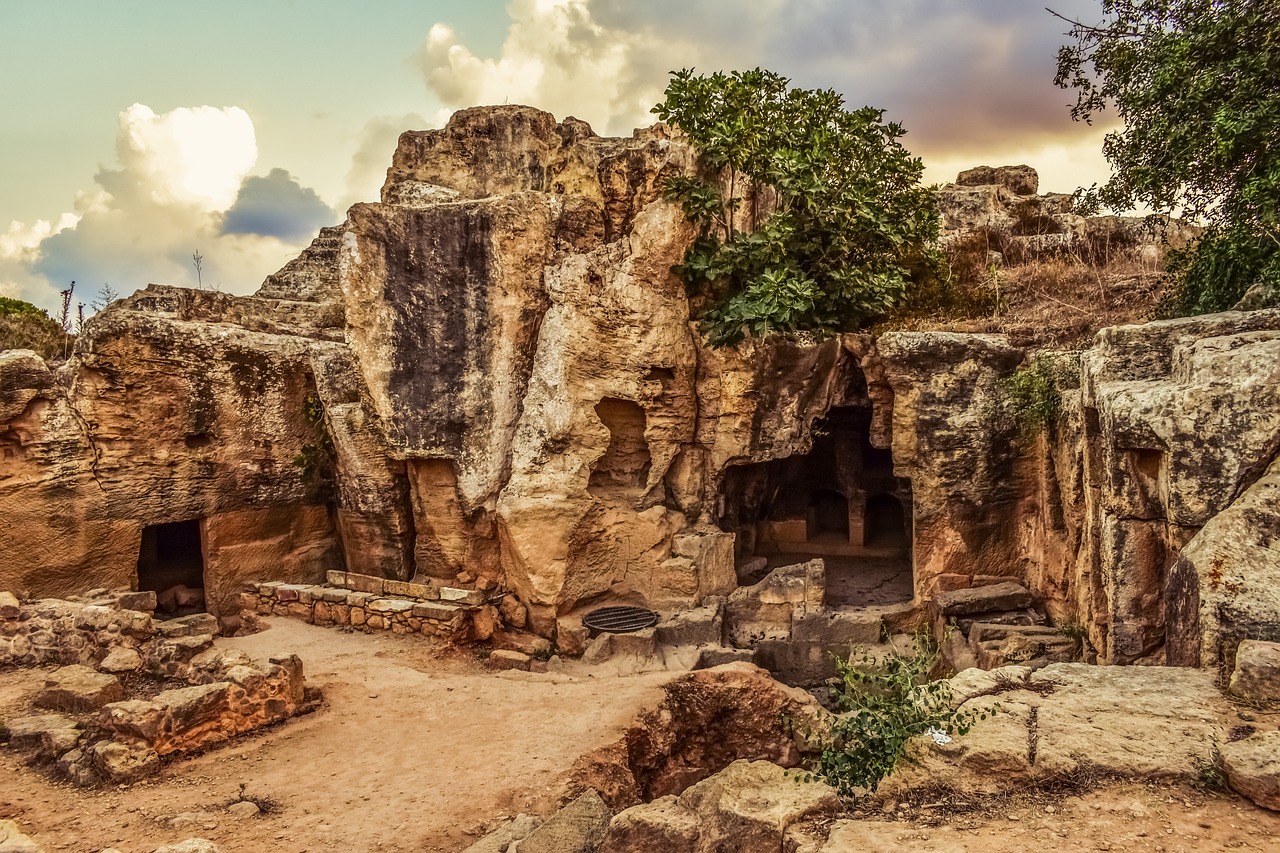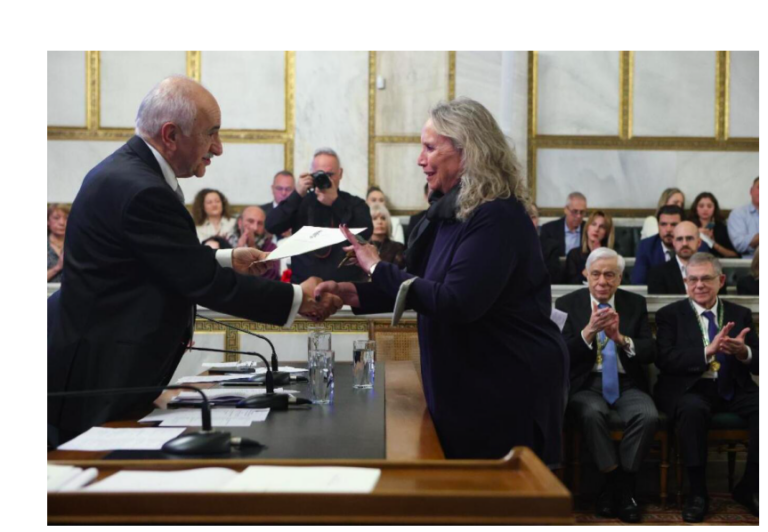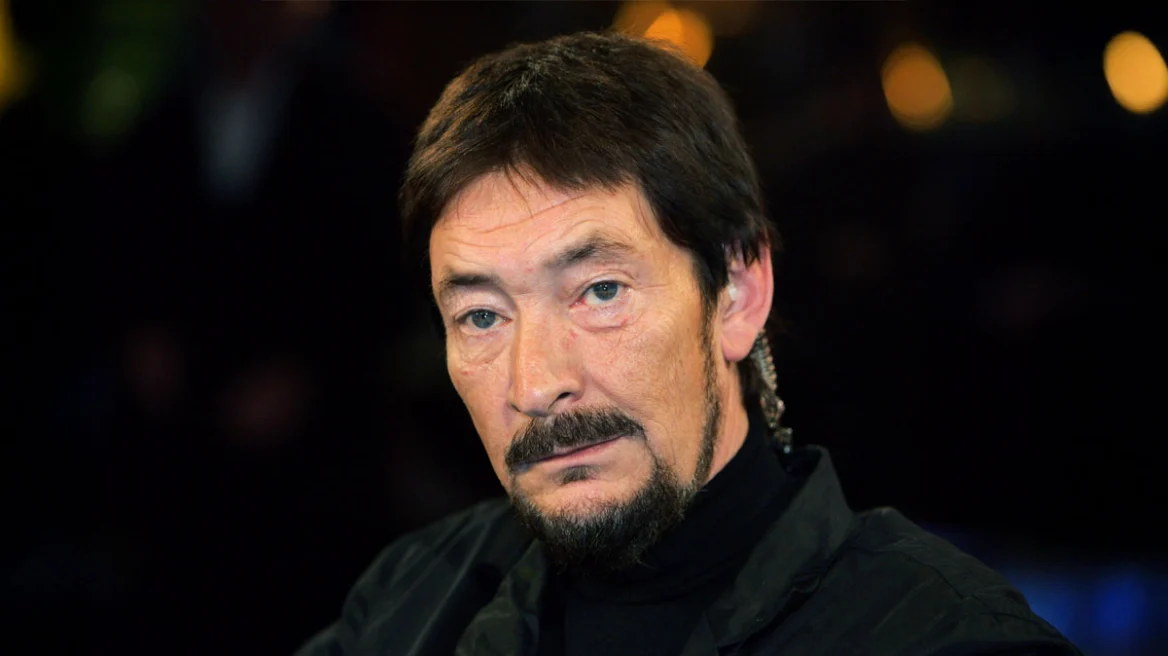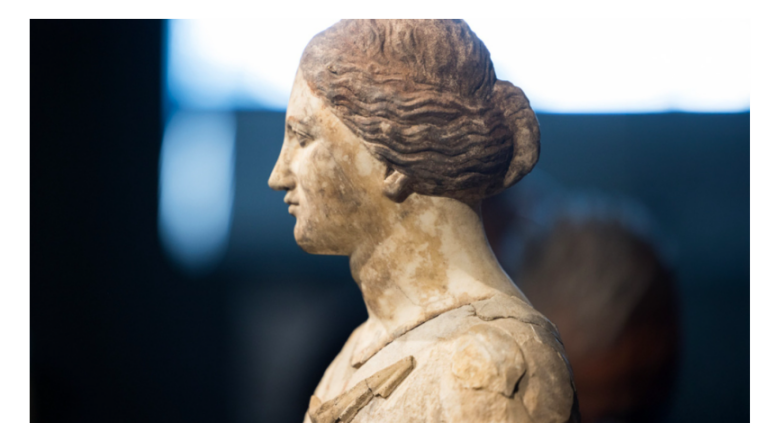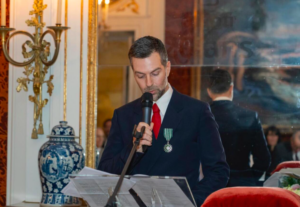According to a statement released by the University of Gothenburg, the four-year excavation of two Bronze Age tombs at the site of Hala Sultan Tekke in Cyprus has yielded the remains of more than 150 people and some 500 artifacts, including jewelry and other objects made of gold, silver, bronze, ivory, and gemstones.
The tombs are thought to be the burial site for the city’s ruling elite for several generations, explained team leader Peter Fischer. A ceramic bull with a hollow body found in one of the tombs is thought to have held wine during feasts to honor the dead. One child who died at about five years of age was buried wearing a gold necklace, gold earrings, and a gold tiara.
The researchers also recovered a hematite cylinder-shaped seal bearing a cuneiform inscription. The text names two kings, who were father and son, and the Mesopotamian god Amurru. Other imported items included carnelian from India, lapis lazuli from Afghanistan, and amber from the Baltic Sea region. Scarabs, fish remains, and a gold pendant in the shape of a lotus flower with inlaid gemstones are evidence of intensive trade with Egypt, Fischer added. Similar jewelry, he explained, was worn by Nefertiti in 1350 B.C.
source archaeology.org
also read
Hot Elizabeth Hurley rocks black dress by Versace (video)
Ask me anything
Explore related questions
